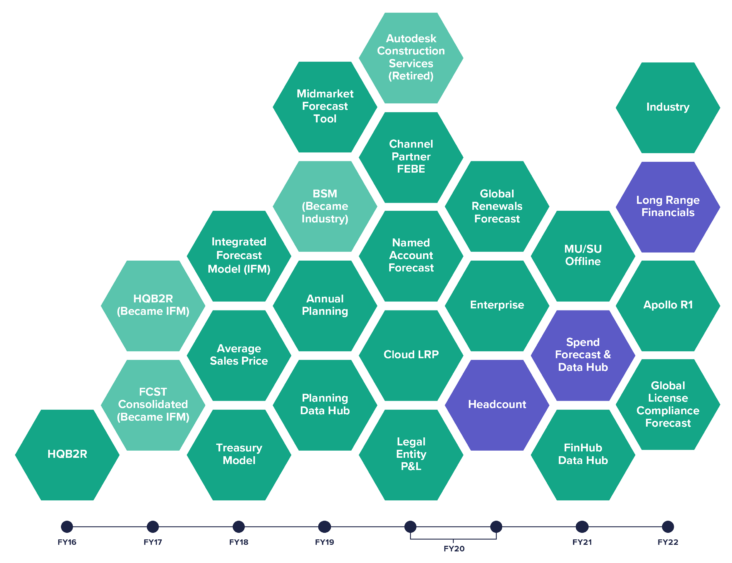“We don’t believe in waiting for progress, we believe in making it.” That bold proclamation from Autodesk is reflected in its design and make software applications that are used to transform how things are made in countless industries, empowering innovators everywhere. That same pioneering philosophy extends to Autodesk’s internal finance functions. “Our vision is to be the most insightful, innovative, digital, and admired finance team in the technology industry,” says Hayli Hay, Director of Connected Forecasting & Planning at Autodesk.
With leadership direction to “connect, optimize, and automate,” the team at Autodesk that works on Anaplan is driving the future of finance as a partner to the business while creating financial career paths that embrace new technologies to provide real-time insights and financial reporting. Since 2015, the company has used Anaplan within several internal functions; go-to-market finance, financial planning and analysis (FP&A), treasury, and global revenue operations lead its Connected Planning and forecasting environment, which is continuously evolving and improving, building success upon success.
For example, one early sales planning use case was leveraged to enable Autodesk’s changeover from perpetual to subscription licensing. It’s no small feat to move a multi-billion-dollar company from a revenue-based plan to one built on multiple metrics, such as annual recurring revenue (ARR) and annual contract value (ACV). The need to forecast sales along multiple lines—including license type, local currency, geography, and product—added further complexity. The result was dramatic: The Anaplan-based process cut forecast roll-up time by 80%, even though the process itself was much more complicated.
That’s just one success story from Autodesk’s years of innovation and transformation. As a result of the investments Autodesk is making with Anaplan and the hard work across the finance teams, the Anaplan footprint is increasing – and that means progress toward the “Future of Finance.” In August 2021, Autodesk migrated the entire resource planning process into Anaplan with the launch of the Spend Forecast Model. The result of cross-functional effort across multiple teams, Spend Forecast is Autodesk’s largest and most impactful Anaplan model to date, built completely using Anaplan’s new UX and leveraging cutting-edge HyperModel functionality. It builds on Autodesk’s workforce planning model to automate monthly spend forecasting and approvals for over 70 end users in FP&A, eliminating outdated legacy tools and minimizing exposure to workflows built on spreadsheets and email. (To learn more about Autodesk’s Future of Finance initiative, download the full story.)
The environment today—but don’t blink
The Anaplan Forecast and Planning team at Autodesk consists of individuals Hay calls “finance engineers” who have a deep understanding of both finance and the technology that supports financial processes. They built and operate 18 Anaplan models and three Data Hubs in four categories across go-to-market finance, FP&A, and treasury:
- Forecasting models focus on revenue-related activities in the current fiscal year. These solutions pull sales opportunity data from Salesforce, and their output flows into systems in Tax and Treasury and other departments. The forecasting models are not monolithic; because Autodesk has multiple product offerings and a variety of sales motions, the team maintains several revenue-forecasting tools in Anaplan that are fine-tuned for individual business units.
- Planning models are used to set company-wide top-line metrics on a two- to five-year timeframe. Like the forecasting models, the planning models employ specific logic and methodologies for different areas of the business, and yet they bring that data together into a harmonious single view for corporate-level planning.
- A growing collection of workforce and spend forecasting models capture the company’s entire spend in Anaplan, allowing Autodesk to retire SAP BPC and minimize spreadsheet and email workflows for a large user base.
- Support models provide data and logic that is shared across the Anaplan environment. They include an allocations tool, a centralized pricing tool, and three Data Hubs, one of which automates 40+ routine data integrations between Anaplan and upstream and downstream financial systems including SAP S4 HANA.







